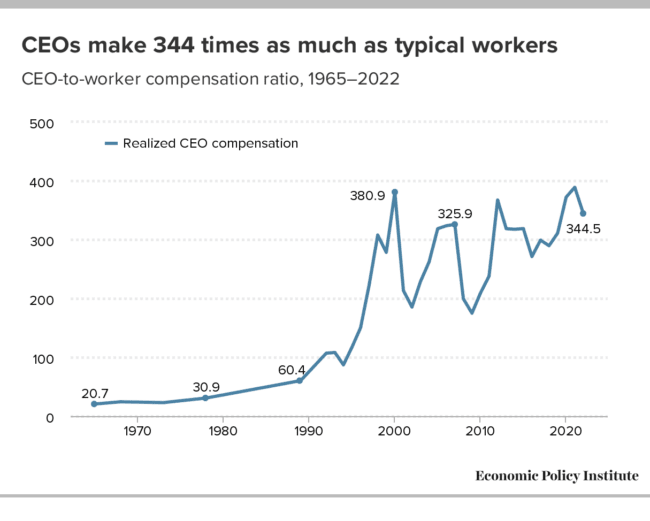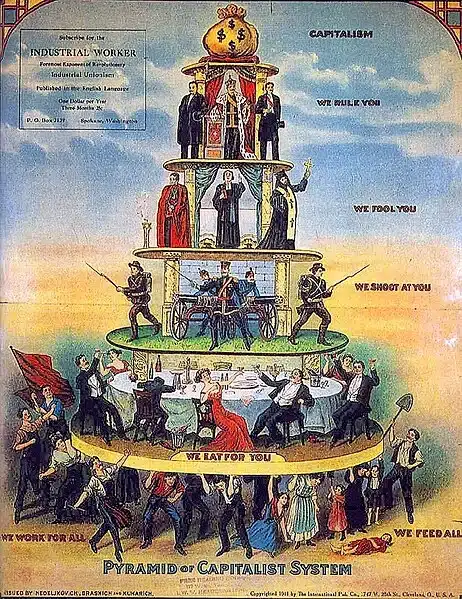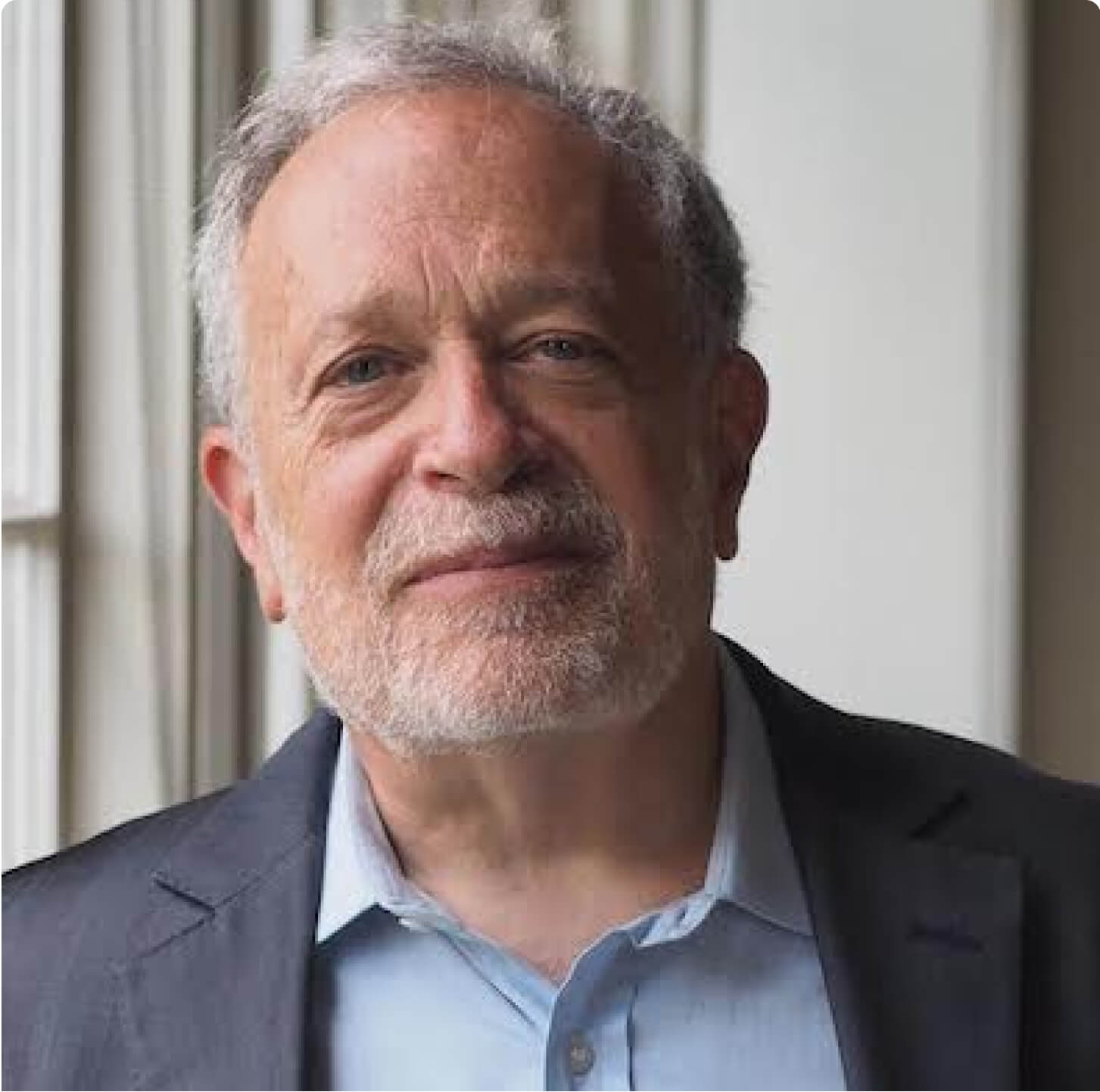The Disappearance Of The American Dream
Today I want to address the disappearance of what was once called the “American dream.” Its disappearance provides an important clue about why Trumpism continues to attract so many.
During the 1950s and 1960s, my father, Ed Reich, owned a shop on the main street from which he sold women’s clothing to the wives of factory workers.
This time of year reminds me of his anxious dependence on holiday sales. Between Thanksgiving and Christmas, he needed to earn enough to pay the bills and have a sufficient sum to carry us through the first part of the following year.
We weren’t rich but never felt poor, and our standard of living rose steadily through the 1950s and 1960s — as factory workers and their spouses did better and better.
This was an era when the income of a single factory worker or schoolteacher or baker or salesman or mechanic was enough to buy a home, have two cars, and raise a family.
FOR THREE DECADES after World War II, America created the largest middle class the world had ever seen. During those years, the earnings of the typical American worker doubled, just as the size of the American economy doubled.
Over the last 40 years, by contrast, the size of the economy has more than doubled again, but the earnings of the typical American have barely budged (adjusted for inflation).
Then, the CEOs of large corporations earned an average of about 20 times the pay of their typical worker. Now, they rake in over 300 times.

In the 1950s and 1960s, the richest 1 percent of Americans took home 9 to 10 percent of total income. Today they take home more than 40 percent.
Then, the economy generated hope. Hard work paid off. The living standards of most people improved through their working lives. Their children enjoyed better lives than they had. Most felt that the rules of the economic game were basically fair.
Although many women, Black people, and Latino people were still blocked from getting a fair share of the economy’s gains, the nation committed itself to changing this. New laws guaranteed equal opportunity, barred discrimination, promoted affirmative action, and expanded educational opportunity for all.
Today, confidence in the economic system has sharply declined. Its apparent arbitrariness and unfairness have undermined the public’s faith in it. Cynicism abounds. Equal opportunity is no longer high on the nation’s agenda.
To the contrary, our economic and political system now seems rigged.
That’s because it is.

THE THREAT TO CAPITALISM is no longer communism or fascism but a steady undermining of the trust modern societies must depend on.
When most people stop believing they and their children have a fair chance to make it, the tacit social contract begins to unravel. And a nation becomes susceptible to demagogues such as Donald Trump.
We have the power to change all this, recreating an economy that works for the many rather than the few. But to determine what must be changed, and to accomplish it, we must first understand what happened and why.
The conventional explanation is that globalization and technological change have made most Americans less competitive. The tasks we used to do can now be done more cheaply by lower-paid workers abroad or by computer-driven machines. Presumably, artificial intelligence will accelerate this trend.
The conventional solution — at least among people who call themselves liberals, Democrats, and progressives — has been an activist government that raises taxes on the wealthy, invests the proceeds in excellent schools and other means people need to get ahead, and redistributes to the needy.
This solution has been vigorously opposed by people who called themselves conservatives and Republicans, who believe the economy will function better for everyone if government is smaller and if taxes and redistributions are curtailed.
BUT THE CONVENTIONAL EXPLANATION for what has happened overlooks a critically important phenomenon — the increasing concentration of political power in a corporate and financial elite that has been able to alter the rules that run the economy.
And the conventional solution is in some ways beside the point, because it takes insufficient account of the corruption of government by these moneyed interests.
The debate over the merits of the “free market” versus an activist government has diverted attention from how the market has come to be organized differently from the way it was a half-century ago, why its current organization is failing to deliver the widely shared prosperity it delivered then, and what the basic rules of the market should be.
The diversion of attention is not accidental.
Many of the most vocal proponents of the “free market” — including executives of large corporations and their ubiquitous lawyers and lobbyists, denizens of Wall Street and their political lackeys, and numerous multimillionaires and billionaires — have for many years been actively reorganizing the market for their own benefit and would prefer these issues not be examined.
MARKETS DEPEND for their very existence on rules governing property (what can be owned), monopoly (what degree of market power is permissible), contracts (what can be exchanged and under what terms), bankruptcy (what happens when purchasers can’t pay up), labor unions (how much power should workers have), and how all of this is enforced.
Such rules do not exist in nature. They must be decided upon, one way or another, by human beings.

